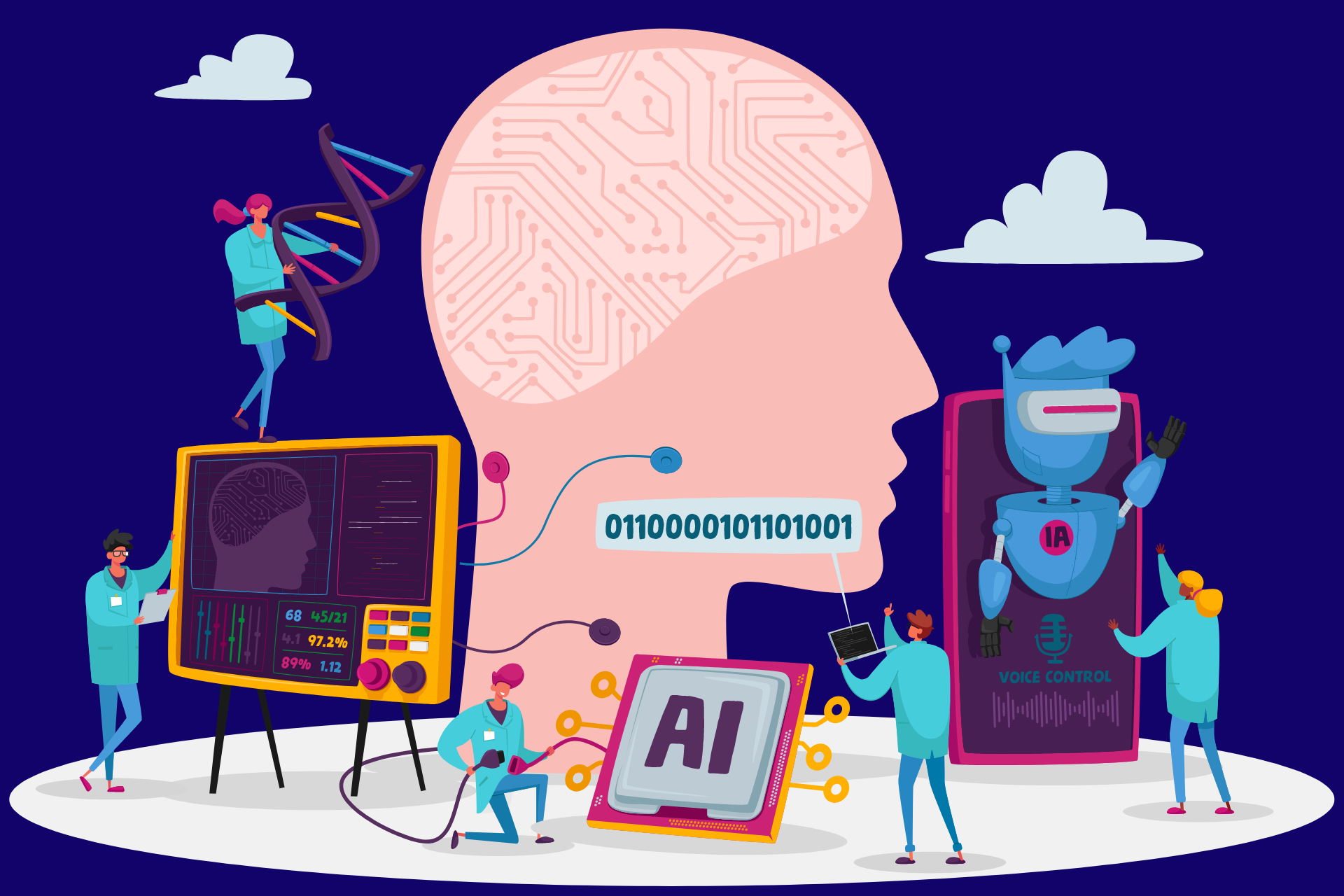
Introduction
Machine learning is a field of computer science that deals with developing and implementing algorithms that can learn from data. Machine learning is related to computational statistics, which also focuses on prediction-making through the use of computers. Subfields of machine learning include artificial intelligence, which involves using sophisticated algorithms to develop systems that can perceive their environment and take actions that maximise their chance of success. The machine learning lifecycle is defined by key steps to be considered to deliver data models that can bring value to the business.
Problem Definition
Problem definition is a critical step in machine learning. It’s what kickstarts your project and sets the stage for everything that follows. You need to understand the problem you’re solving, why it matters, and its scope. In other words, you must set up a clear scope for your machine learning project before you start coding anything.Defining the problem involves asking questions like What’s my goal? Why do I want to solve this problem in particular? How does it fit into my broader business context? Who will benefit from doing so?
Data Prep & Exploration
Data preprocessing is the first step in any machine learning project. The purpose of data preprocessing is to prepare data for modelling. Data preprocessing helps to remove noise, normalise data and convert categorical variables into numerical variables. It also helps make the data more meaningful by converting it into a structure that’s suitable for common algorithms like decision trees or neural networks.
Data exploration is the process of exploring data to understand relationships and patterns. Data scientists use this step to better understand the data they have so they can make better decisions throughout the rest of their machine-learning process.
It’s important to understand that data exploration is only one part of the machine learning life cycle. If you’re familiar with other steps in this process, like algorithm selection or model evaluation, then you already know that it’s an iterative process: You’ll go back and forth between each step until you’re satisfied with your results or decide to move on to another stage in your project.
Feature Selection
Feature selection is critical to the performance of a machine learning model, irrelevant features are likely to affect the classification accuracy of a machine learning model. You may be wondering what a feature is, or how it can help your machine-learning model. A feature is any aspect of the input data you can use to predict your model’s output. In other words, it’s all about finding useful ways to describe your raw data
For example, let’s say you’re trying to predict whether or not an animal is a cat using machine learning. You might have some features like length and weight (for example,) but if all you did was feed those features into the machine learning model and hope for the best…you’d probably end up with an accuracy rate somewhere between “nonexistent” and “nonexistent.” Why? Because there are lots of different kinds of cats out there—and unless we know exactly which kind we’re dealing with here (like whether or not this cat has whiskers), then we won’t be able to make any predictions based on these two simple metrics alone! Instead, what we need here are richer descriptions: specific traits such as long hair vs short hair; grey vs orange fur color schemes; etcetera ad infinitum ad nauseam until such time as every possible permutation has been accounted for before moving forward again with building better models based on each iteration.
Modelling
The modelling phase is the most critical part of the machine learning process because it is what gives a model its structure. Modelling can be broken down into two major steps: choosing the suitable model and testing that model’s effectiveness.
Model selection involves selecting from among a set of candidate models that have been generated through “seeding” (the initial training) and/or “pruning” (the application of some technique). There are many ways to do this, but one common method is to use cross-validation for feature subset selection, in which you divide your data into a training set and validation set, then run each possible combination of features on both sets before choosing the best performance across all combinations as your final model.
Validation and Evaluation
Validation is the process of determining if a model is performing as expected. It can be done before or after deployment and is usually done by experts on the machine learning model. On the other hand, evaluation is a measure of how well an algorithm performs in practice compared to how it was expected to perform based on its specifications. Evaluations can be automated or manual but are typically subjective by nature since they involve human judgement calls on data points which may not always be available in real-world settings.
Optimisation
Optimisation is the process of finding the best model parameters and hyperparameters. This may seem like a simple task, but it can be very difficult due to the randomness in the training data. Commonly used optimisation techniques include gradient descent and stochastic gradient descent, which are both performed in a separate module.
Stochastic Gradient Descent (SGD) is a type of optimisation algorithm that uses some form of randomness to choose what direction to move towards the local minimum. SGD can be implemented using backpropagation or momentum update rules. Backpropagation is especially useful when you have multiple layers in your neural network; this method allows you to adjust all weights simultaneously rather than one at a time like ordinary least squares methods would require.
Conclusion
Machine learning life cycle is a complex process that requires a combination of technical expertise and business acumen. However, by following these key stages, organisations can successfully implement machine learning solutions and unlock the full potential of this powerful technology.
